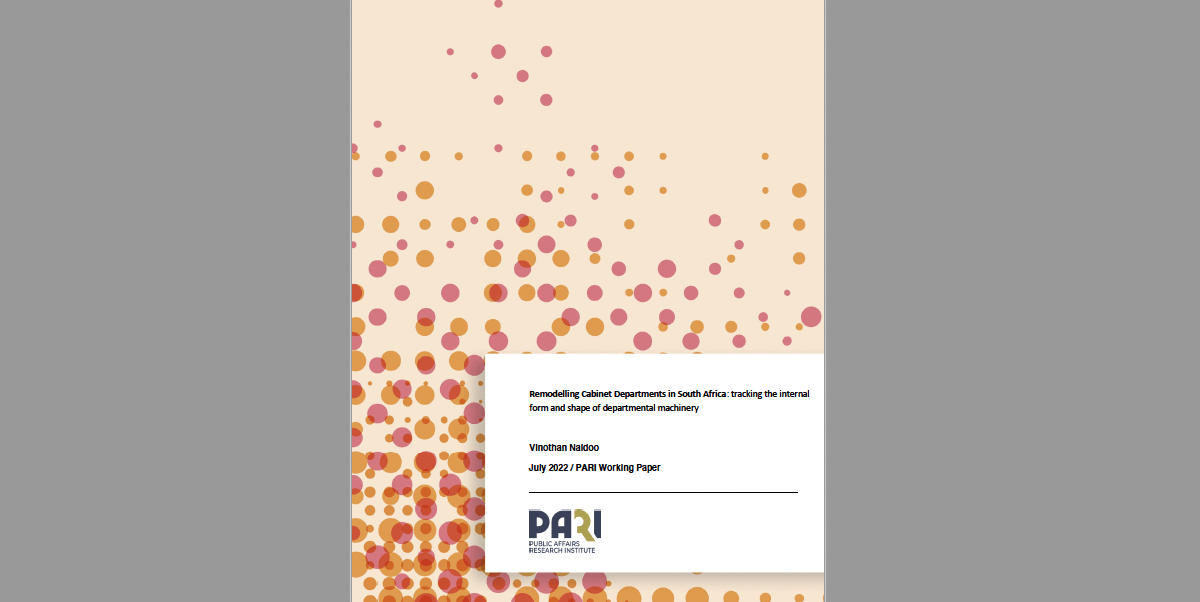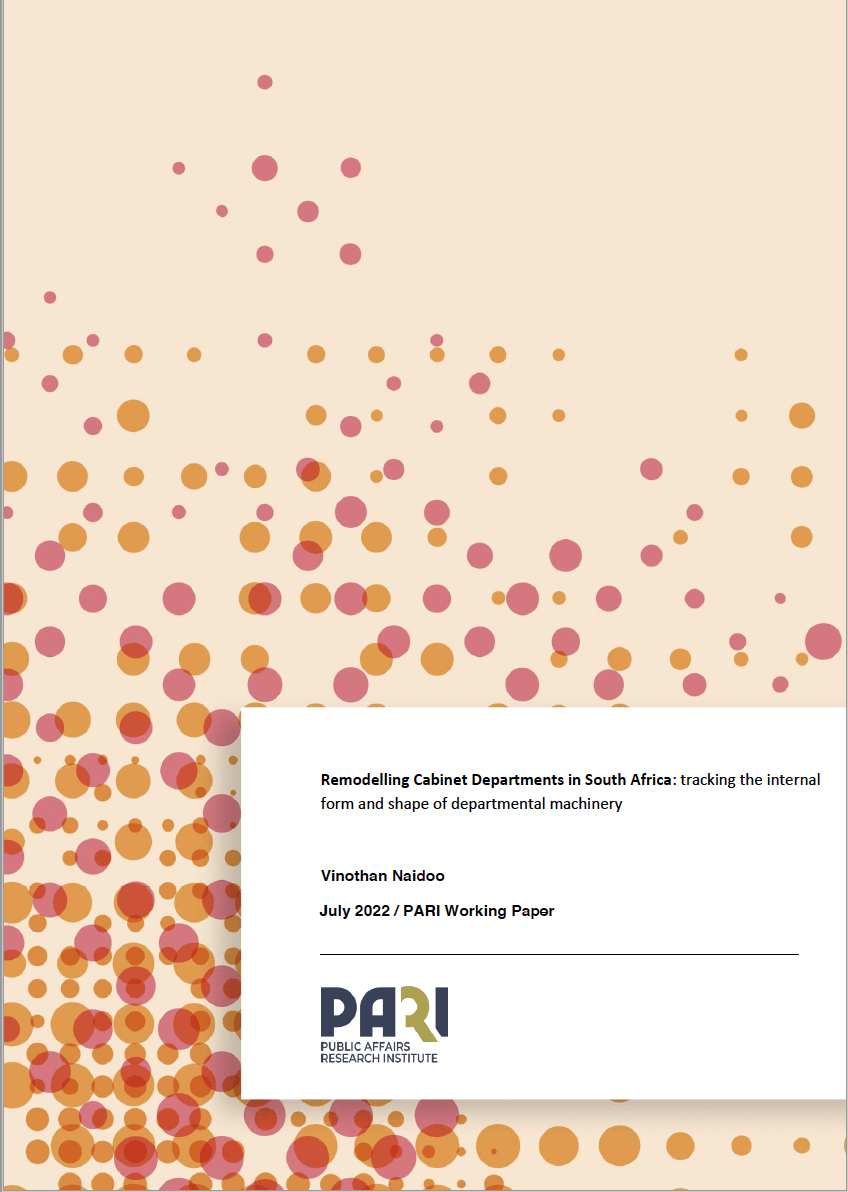Abstract
The internal organisational structure of government departments is the primary building block of any country’s system of public administration. It is also intimately entwined with the politics of restructuring and reform. In South Africa, the organisational architecture of the public service underwent substantial changes following the country’s democratic transition in 1994. This precipitated a major structural overhaul and incremental expansion in the number of Cabinet departments. This paper reviews findings from a study which tracked changes in the internal organisational structures of a sample of Cabinet departments in the national government between 2009 and 2021. This period also saw a pronounced expansion and instability in the departmental population as a whole, under the Presidency of Jacob Zuma. The study reveals that expansionary pressure at an inter-departmental level can lead to concomitant pressures at an intra-departmental level, with evidence of an aggregate expansion in the total number of internal organisational units. Moreover, the trajectory of growth in internal units reached its climax and started to shift downwards from 2019/20, which also coincided with a gradual decline in the total number of Cabinet departments following Cyril Ramaphosa’s ascension to the Presidency.
Other data, however, revealed that it was far more difficult to attribute year-on-year shifts in the internal composition of departments to the impact of political changes, including ministerial changes. In addition, it was also difficult to discern any pattern for gauging which departments were more susceptible to internal structural changes, based on whether they were new, restructured or pre-existing. Departmental units responsible for strategic branch-level activities experienced notable growth, thereby increasing the oversight pressure on Directors-General, who shoulder relatively wide spans of control in most departments. Finally, there was a high degree of internal structural similarity between departments based on the general orientation of their activities, and their insulation from the effects of agencification. For the most part, however, the structural makeup of departments varied according to a host of other metrics, such as the average size and relative distribution of their units across levels, and a consolidated structural similarity measurement. It was also evident that policy-oriented departments tend to exhibit more compact and balanced internal structural arrangements, although this can also vary depending on the strategic breadth and scope of a department’s portfolio.



